As we continue to move more and more towards a high-tech, digital future, coding will only continue to become an essential and valuable skill. This means finding new and fun ways to get younger kids interested, and learning these skills is vital. Many children already show proficiency in STEM subjects, while others may need a little more to inspire them.
This is not to say the children should be forced to pursue coding, but that some children simply struggle to have an interest in certain subjects when they lack the motivation and guidance they need. STEM educators need to vary their teaching styles to accommodate and be mindful of all learners to help them better discover their interests and skills.
Coding can be fun for young learners if educators are willing to step outside the box and find more enjoyable and approachable ways for kids to get involved. Learning to code takes time and attention, but kids do not typically have long attention spans. So to help them learn, it’s essential to create more engaging environments that don’t require them to simply sit at a computer for hours on end.
A Future in Coding
The demand for experienced coders will continue to grow as technology advances. Teaching students coding now will give them an edge as they grow up in a world that is increasingly prioritizing STEM fields. Coding is an invaluable skill—and even if they decide on another field of study in their future, having basic coding skills can still help them stand out. Typically, the more skills and capabilities you have, the better.
Coding opens the door to a wide range of careers and fields of study. Kids who learn to code now can go on to become computer programmers, web developers, app developers, data scientists, game developers, and more. And the earlier they learn to code and gain experience, the easier it may be for them to move up the career ladder from a junior developer to a senior leader in their field. Even future leaders in other fields will likely need a certain level of technological proficiency to succeed.
Coding Salaries
The salary for coders can vary depending on their experience and specific field of study. Computer programmers and web developers, for example, average around 60k, whereas data scientists and game developers make closer to 100k on average—and these are just the current salaries. These numbers will likely go up by the time today’s younger generations enter the workforce.
Coding Skills
Though many often think that math is the key to coding, it is not the only necessary skill. Kids interested in coding will need soft skills such as:
- Attention to detail
- Creativity
- Good communication
- An analytical mindset
—and hard skills such as:
- Math
- Logical thinking
- Writing
- Programming experience (Java, Ruby, Python, etc.)
Tips to Help Kids Learn About Coding

For educators teaching STEM subjects and computational thinking, it’s important to consider unconventional strategies to keep your students engaged. While coding certainly requires working on a computer, there are other methods you can use to help them learn the basic skills they will need. An analytical mind and problem-solving skills are key for early learners, and there are lots of ways to help kids gain these skills without having to sit all day at a desk or a computer.
When the end goal is to learn coding, it’s helpful to first use complementary concepts when teaching young kids. For example, using engaging and interactive games and other situations to help them better develop their analytical, logical, and problem-solving skills.
Some ways educators can help kids learn about coding in more fun and approachable ways include:
Hands-on Activities
Hands-on projects and activities are a great way to grab the attention of young learners. Before students can learn coding, it helps to teach them why the technological devices they will be using are helpful and how they work. So an example of an activity could be allowing students to free-play with these devices and discuss what they think of them, or group activities that involve taking them apart and putting them back together.
Conceptual Creating
Similar to above, before kids use advanced tech, it can be helpful for them to first understand the basics of how and why things work. One way to encourage this path of thinking, you can have them create conceptual tools, toys, or other devices that solve a problem. The key is to always have them thinking about how everything around them works and how they can make things themselves to solve problems. For example, you can have them do something like the classic “egg-drop” experiment, where kids design a contraption to hold and keep a raw egg from breaking when dropped.
External Resources
Moving beyond the classroom is another great way to help your student gain a fresh perspective and help them use their computational thinking skills in new ways. Simply getting outside, for example, and using nature to help teach them logic and problem-solving skills can be fun and exciting for young learners. You can also take them on STEM-related field trips and encourage them to check out other resources in their own time, such as podcasts or educational STEM videos, and online games.
Conclusion
If you think outside the box and come at coding from a different angle, using complementary methods as opposed to just learning coding on a computer, you can help kids grow their imagination and problem-solving skills. Learning the basics first in a more fun and less technical way can benefit students by opening their minds and encouraging curiosity which will benefit them when they do move on to the more technical methods required to learn coding.
Happy teaching,
Dan Matthews is a freelance writer and content consultant who specializes invaluable insights for a wide variety of audiences. However, he loves to focus on and emphasize the importance of the sciences as to create a better tomorrow through green technologies, sustainability, and environmental preservation.





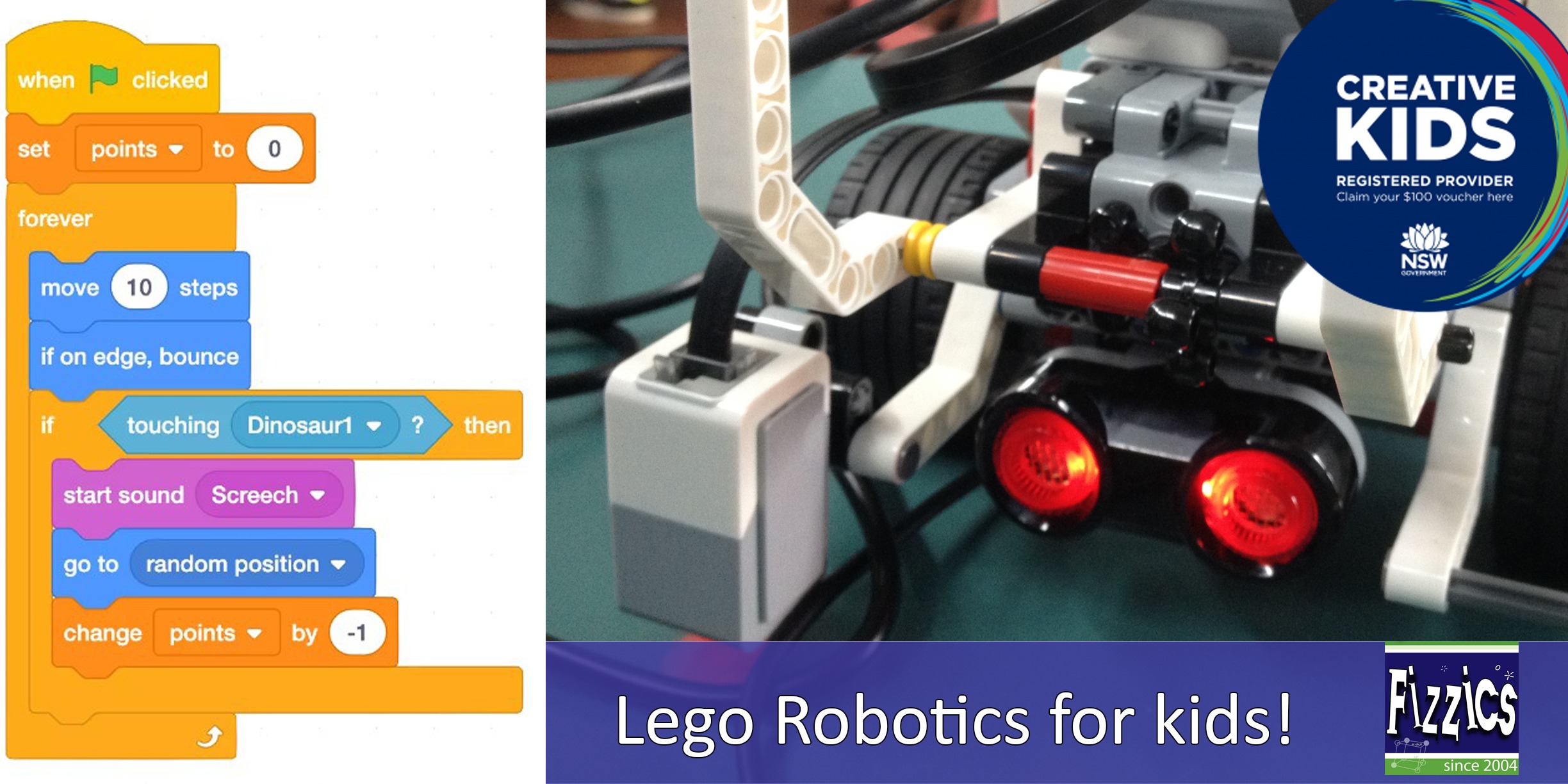
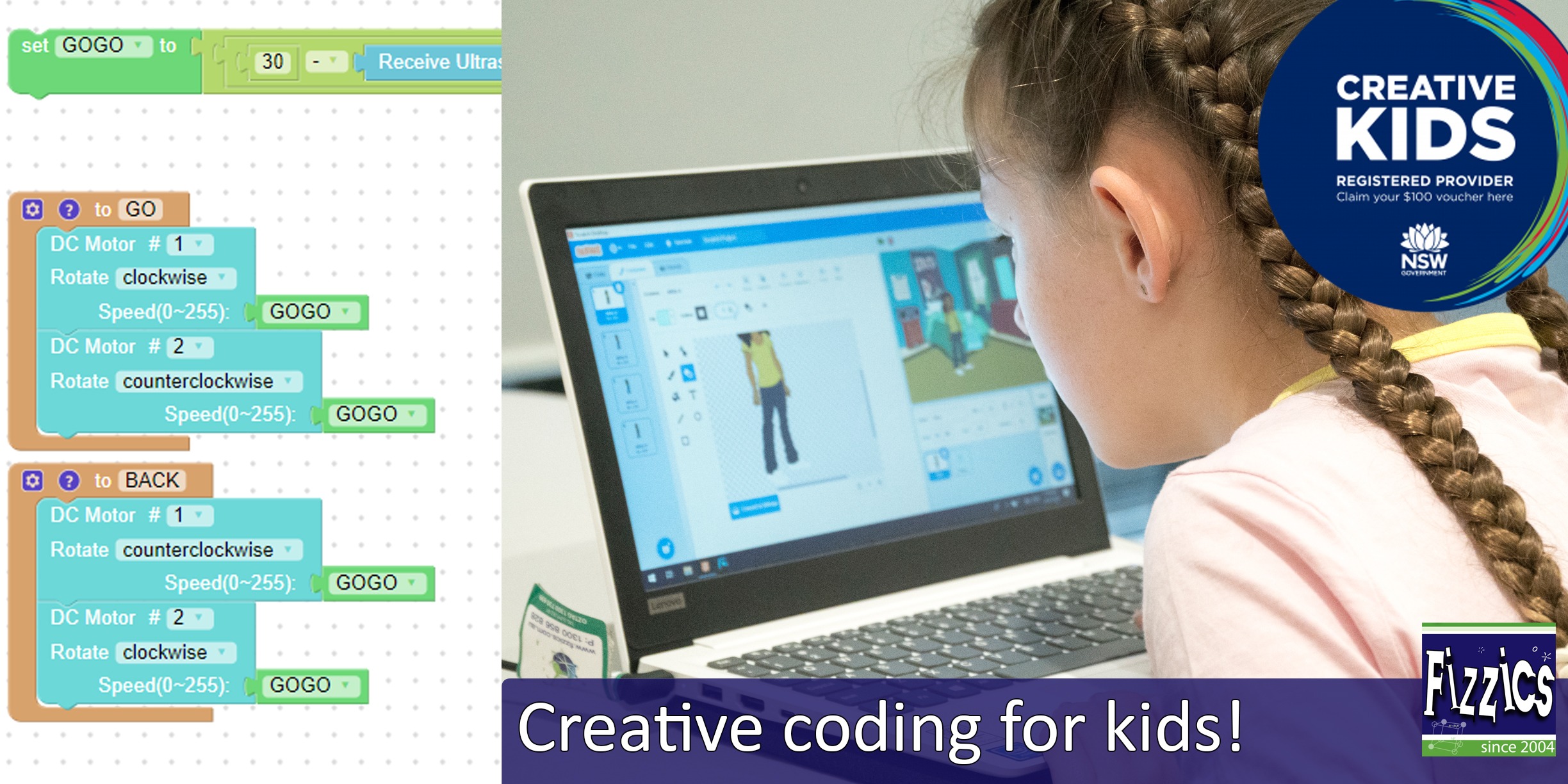
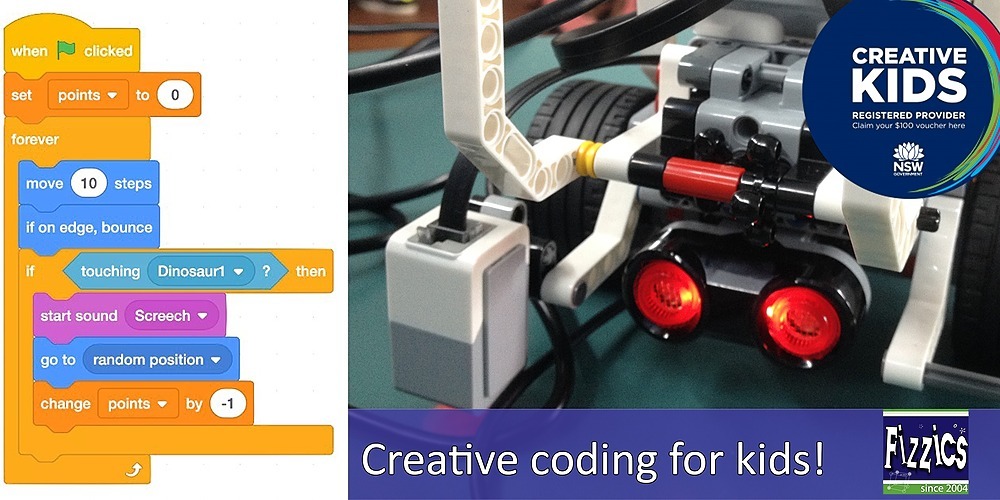





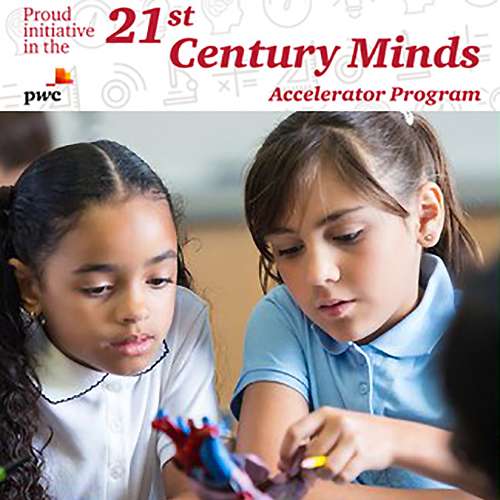







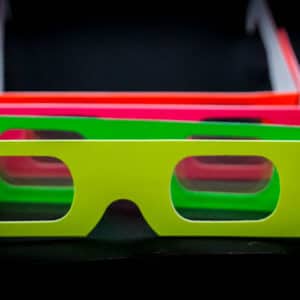



Comments